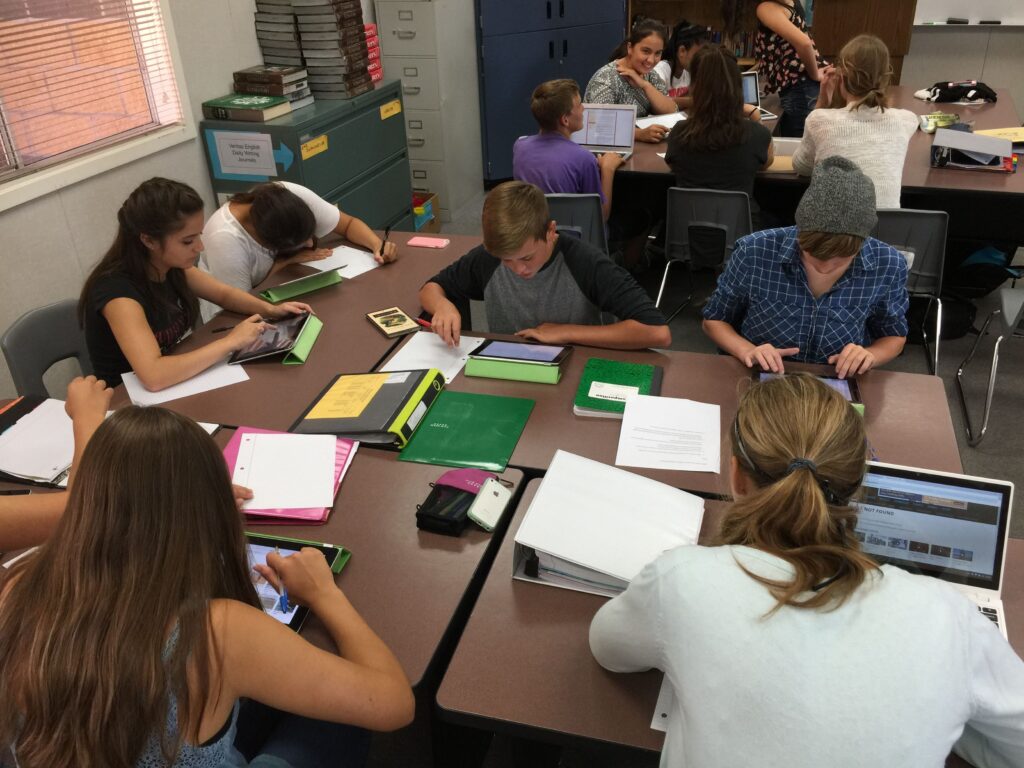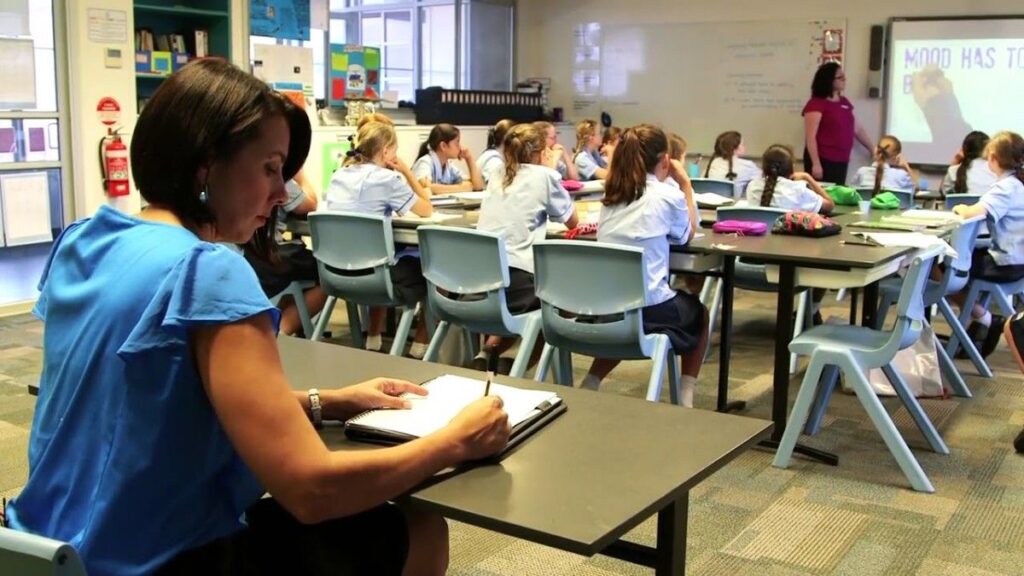
Algebra InstructionCourseworkEducational TechnologyInclusive EducationITL526 Single Subject Integrated Design INational University
Reflecting on What it Means to Support All Learners
What does supporting all learners look...


Classroom ObservationCourseworkEducational TechnologyITL526 Single Subject Integrated Design IMathematics InstructionNational University
Fieldwork Observation
Observation of an educator is a...

CourseworkEducational TechnologyInclusive EducationITL526 Single Subject Integrated Design INational UniversitySocial and Emotional Learning (SEL)
Curating and Sharing Resources
As you read TPE 3.4, 3.5,...
Algebra I ConceptsAssessment StrategiesCourseworkInstructional DesignITL526 Single Subject Integrated Design INational University
Tracking Student Learning
From our Week One Assignment, we...

CourseworkEducation and Teaching StrategiesITL526 Single Subject Integrated Design ILesson Planning and AssessmentNational UniversityStudent-Centered Learning
Knowing Your Learners
Knowing your students and their needs...

ALgebra ICourseworkEducational AssessmentITL526 Single Subject Integrated Design IMathematics EducationNational University
Assessing for Mastery of a Standard
In our discussion this week, we...

CourseworkCurriculum DevelopmentDiversity, Equity, and Inclusion (DEI) in EducationITL526 Single Subject Integrated Design IMathematics EducationNational University
Getting to Know Your Standards
“To create a curriculum that supports...

Assessment and FeedbackCourse DescriptionsEducational DesignITL526 Single Subject Integrated Design INational UniversityTeacher Professional Development
ITL526 Single Subject Integrated Design I
Snapshot Overview of ITL26: Integrated Design...

Algebraic LearningCourseworkCreative EducationInclusive TeachingITL522 Content Area LiteracyNational University
Creative Algebra: Engaging Students with Hands-On Learning Experiences

Assessment and FeedbackCourseworkInstructional StrategiesITL522 Content Area LiteracyLanguage DevelopmentNational University
Learning Map – Stage 4 Apply
Essential Question How will you apply...